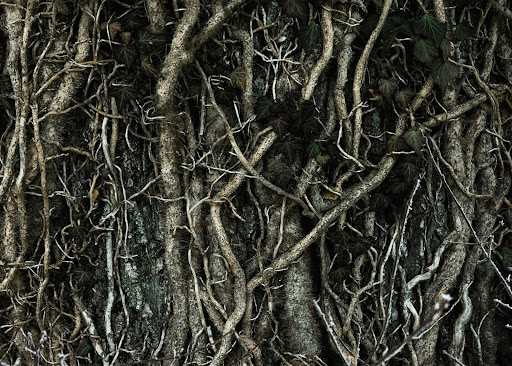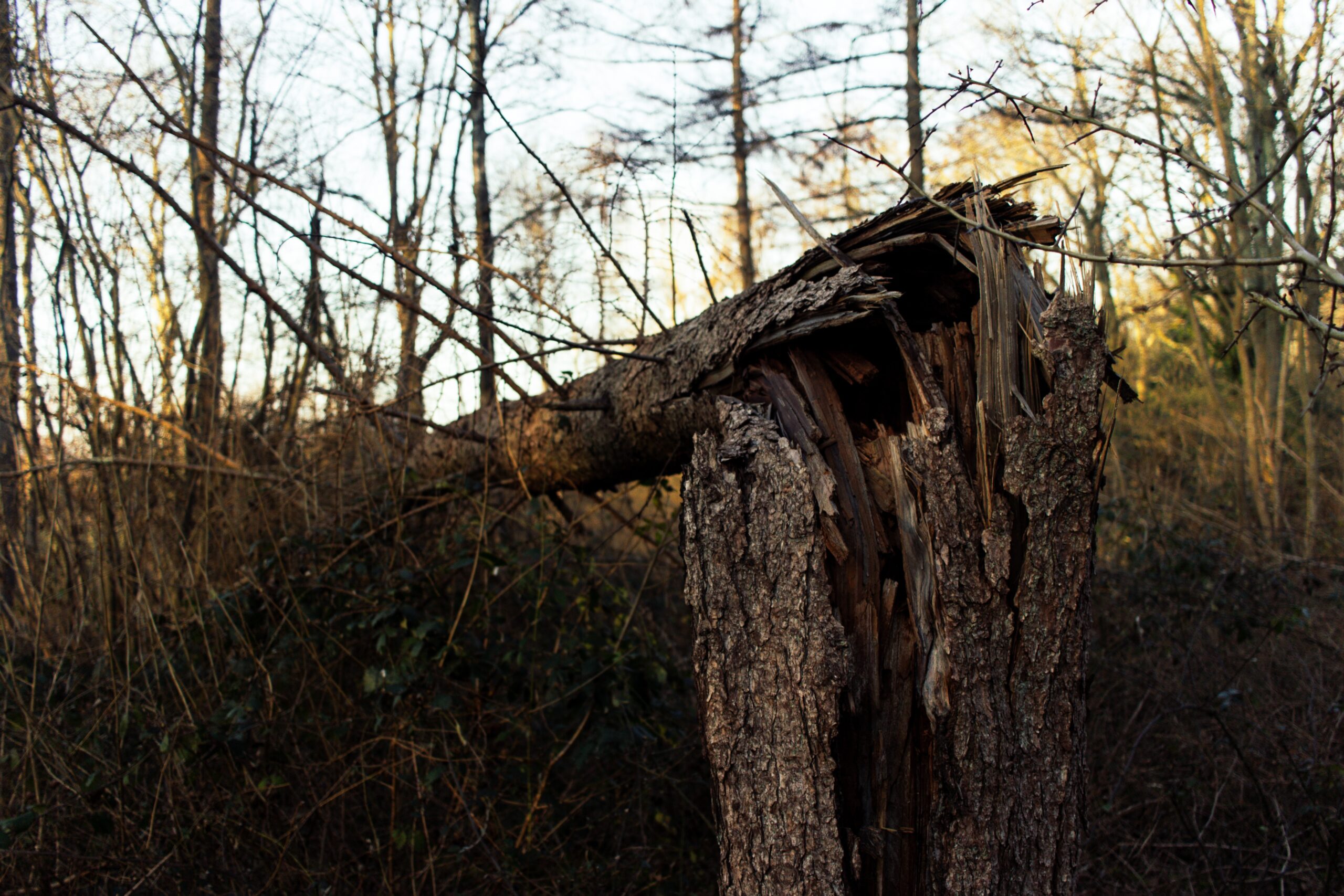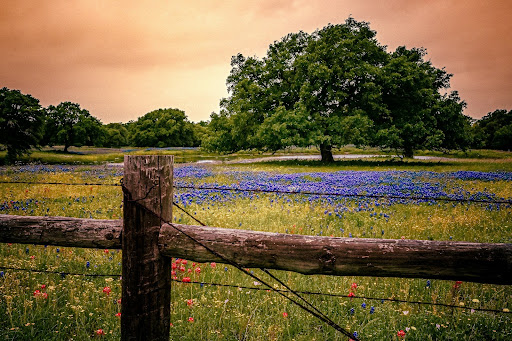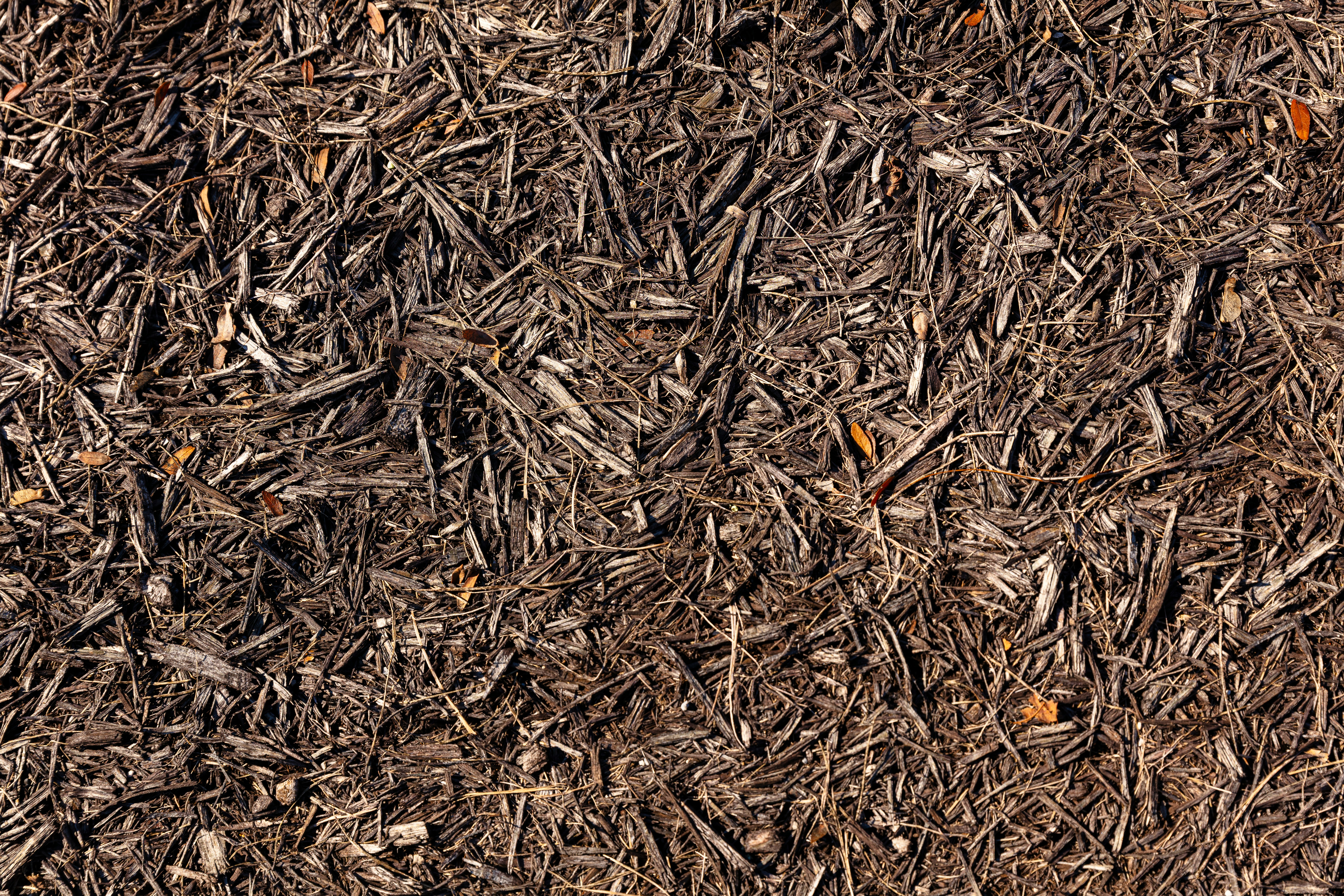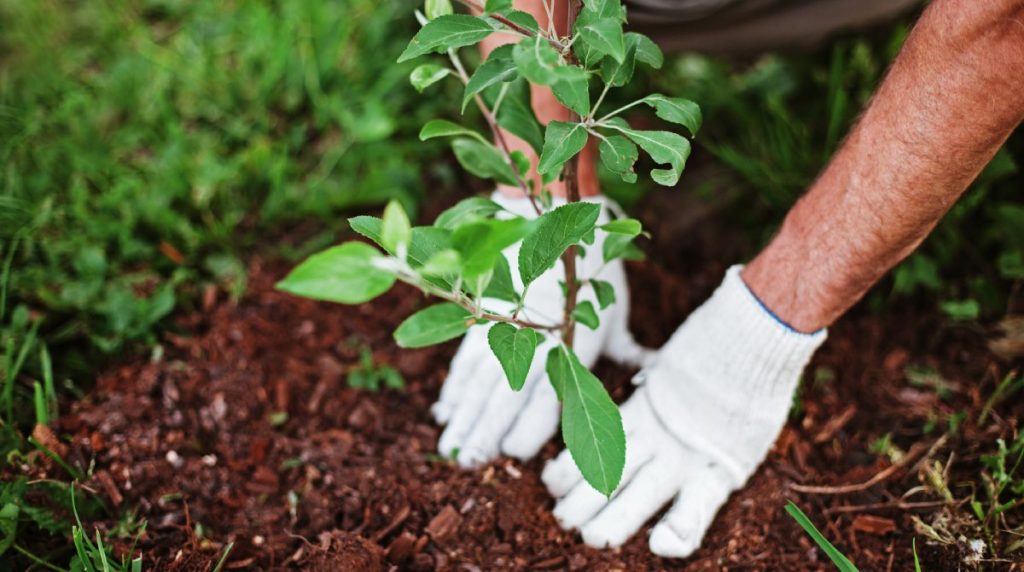
Planting the Right Tree in the Right Place: A Guide to Proper Landscaping
Date May 30, 2022
Category
When it comes to planting a tree, there is a lot more to it than just digging a hole and dropping the tree in. What type of tree should I plant? How deep do I need to dig the hole? How far do trees need to be from a house? When is the best time to plant a tree? In this blog post, we are sharing our tree planting guide to help make the process easier for you!
Can You Plant a Tree Wherever You Want?
Unfortunately, the answer is no. You cannot just plant a tree anywhere and expect it to thrive. Just like any other living thing, trees need certain conditions to grow and flourish. When choosing where to plant trees, there are several things you need to take into consideration:
- Climate needs: Make sure the tree is suited for the climate in your area.
- Planting depth: Dig a hole of an appropriate and supportive size.
- Root system: Some tree roots can spread out as much as the tree’s canopy, so you’ll need to make sure there is enough space for the roots to grow.
- Height: You’ll need to make sure the tree won’t interfere with power lines, buildings, or other structures.
- Water needs: Make sure the tree will have access to water.
- Soil preference: Most trees prefer well-drained soil, but there are some that do better in wetter conditions.
As you can see, there are a lot of factors to consider when choosing a location for your tree. If you’re not sure where to start, we recommend talking to a Certified Arborist. They will be able to help you choose the right tree for your specific location and provide guidance.
Choose a Tree That Naturally Does Well in Your Climate:
When choosing a tree, you will also need to make sure it is suited for the climate in your area. Some trees are only able to grow in certain climates no matter how well you care for them, so it’s important to choose a tree that is built for thriving where you live from day 1.
Plant Your Tree at the Correct Depth
Planting too deeply or too shallowly can lead to a shorter lifespan for your tree. The standard principle is to measure the distance from the trunk flare to the underside of the root ball. Then, create a hole with a width twice that measurement and no deeper than that length.
Think About the Tree’s Root System:
When choosing a location for your tree, you will need to take into consideration the tree’s root system. Some tree roots can spread out as much as the tree’s canopy, so you will need to make sure there is enough space for the roots to grow, especially if near the foundation of a house, driveway, or sidewalk.
Pro Tip: The standard distance a tree should be planted near a house is a minimum of between 15 and 20 feet.
Check That the Tree Won’t Interfere with Power Lines, Buildings, or Other Structures:
Another thing to consider when choosing a location for your tree is the tree’s height. You’ll need to make sure the tree will not interfere with power lines, buildings, or other structures.
Make Sure the Tree Will Have Access to Water:
When choosing a location for your tree, you will also need to make sure the tree will have access to water. Most trees need at least an inch of rain per week, so make sure the tree is in an area where it will receive that much water.
Consider Soil Texture, Structure, Drainage, and pH:
Last but far from least, the type of soil you have will also play a role in where you can plant your tree. Different trees prefer different types of soil, so it is important to choose a tree that will do well in the conditions you have. When considering soil for tree planting, there are four main things to keep in mind: texture, structure, drainage, and pH.
- Texture: This refers to the size of the particles in the soil. Is the soil sandy, loamy, or clay?
- Structure: This is how the particles in the soil are held together. Is the soil crumbly, dense, or hard?
- Drainage: Does water drain quickly from the soil, or does it pool on the surface?
- pH: This is a measure of how acidic or basic the soil is.
Again, a Certified Arborist will be able to help you determine what tree will do well in your particular soil conditions.
Native versus Non-Native Trees:
Another consideration when tree planting is whether to choose a native tree or a non-native tree. Native trees are those that naturally occur in an area. They have evolved over time to be well-adapted to the local climate and soil conditions. Non-native trees are those that come from another region and are not naturally found in the area.
There are pros and cons to both native and non-native trees. Native trees are generally easier to care for because they are already adapted to the local conditions. They also provide habitat for local wildlife. Non-native trees can add variety to your landscape and may be more disease-resistant.
When is the Best Time to Plant a Tree?
The best time to plant a tree varies depending on the tree species. For most trees, fall is the best time to plant because the cooler temperatures help reduce transplant shock. The roots will also have time to establish themselves before the hot summer months.
If you’re planting a tree in the spring, make sure to water it regularly during its first growing season. Sizzling summer temperatures can stress newly planted trees, so it is important to make sure they are getting enough water.
For a deeper dive into caring for trees during the summertime, check out our recent post Summer Tree Care Tips: How to Keep Your Trees Healthy in the Heat.
When in doubt, consult with a Certified Arborist:
If you’re ever unsure about tree planting, the best thing to do is consult with a Certified Arborist. They will be able to help you choose the right tree for your location and provide guidance on proper planting techniques.
We hope this guide has been helpful! Happy tree planting!
If you need advice or assistance with planning the right needs for new trees in your landscape, get in touch with the ISA-Certified Arborists at TreeNewal and enjoy tailored tree care advice.
To learn more about Planting the Right Tree in the Right Place: A Guide to Proper Landscaping, call our Argyle and Southlake-based teams
at (817) 592-6846 or send us a message.
We’re a little different than the average tree services company.
Learn more about TreeNewal’s ISA Certified Arborists!
Our Dallas/Fort Worth-based tree doctors can explain how sustainable tree care services add more value to your bottom line.
Healthy trees, healthy lives.
